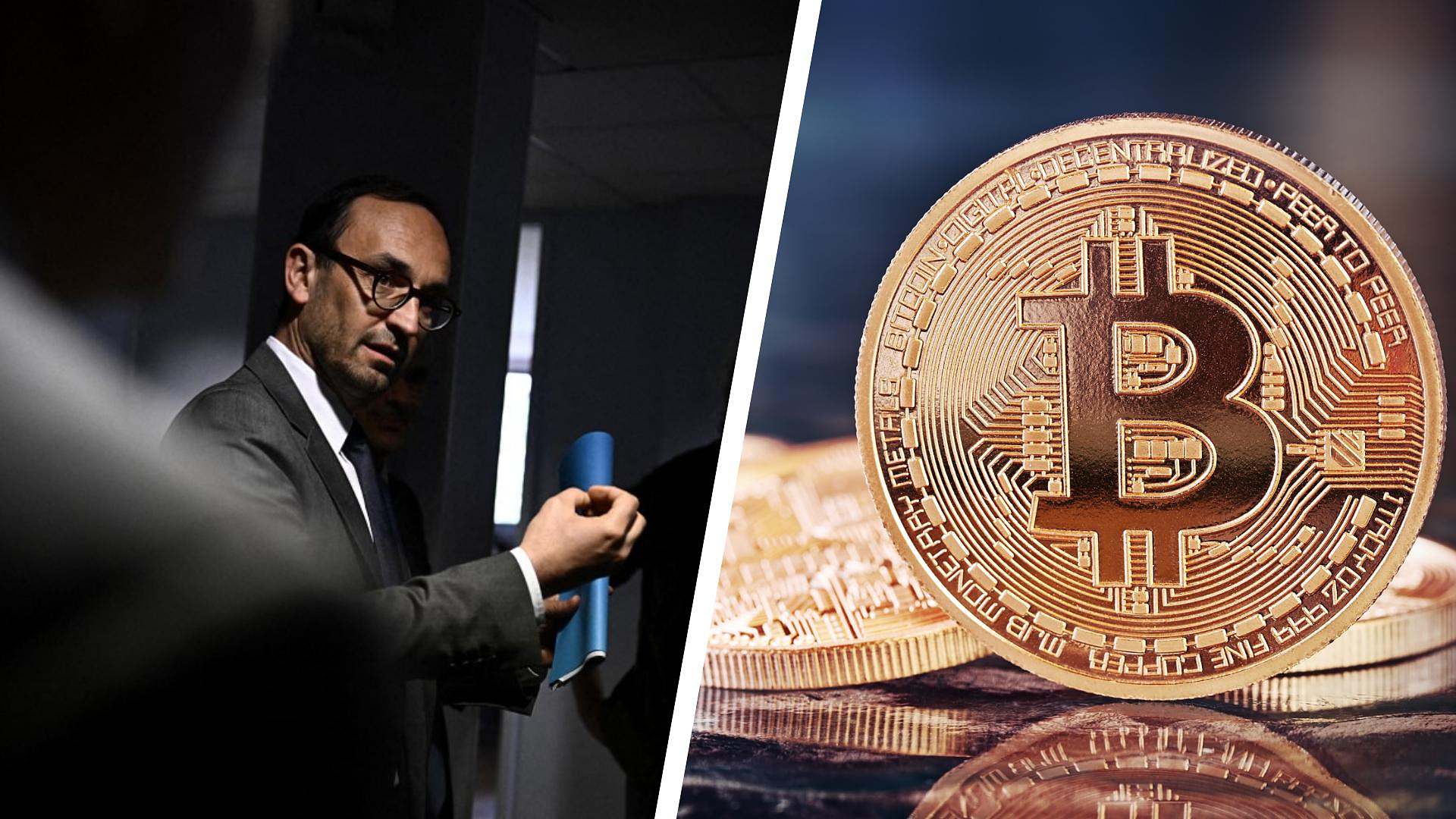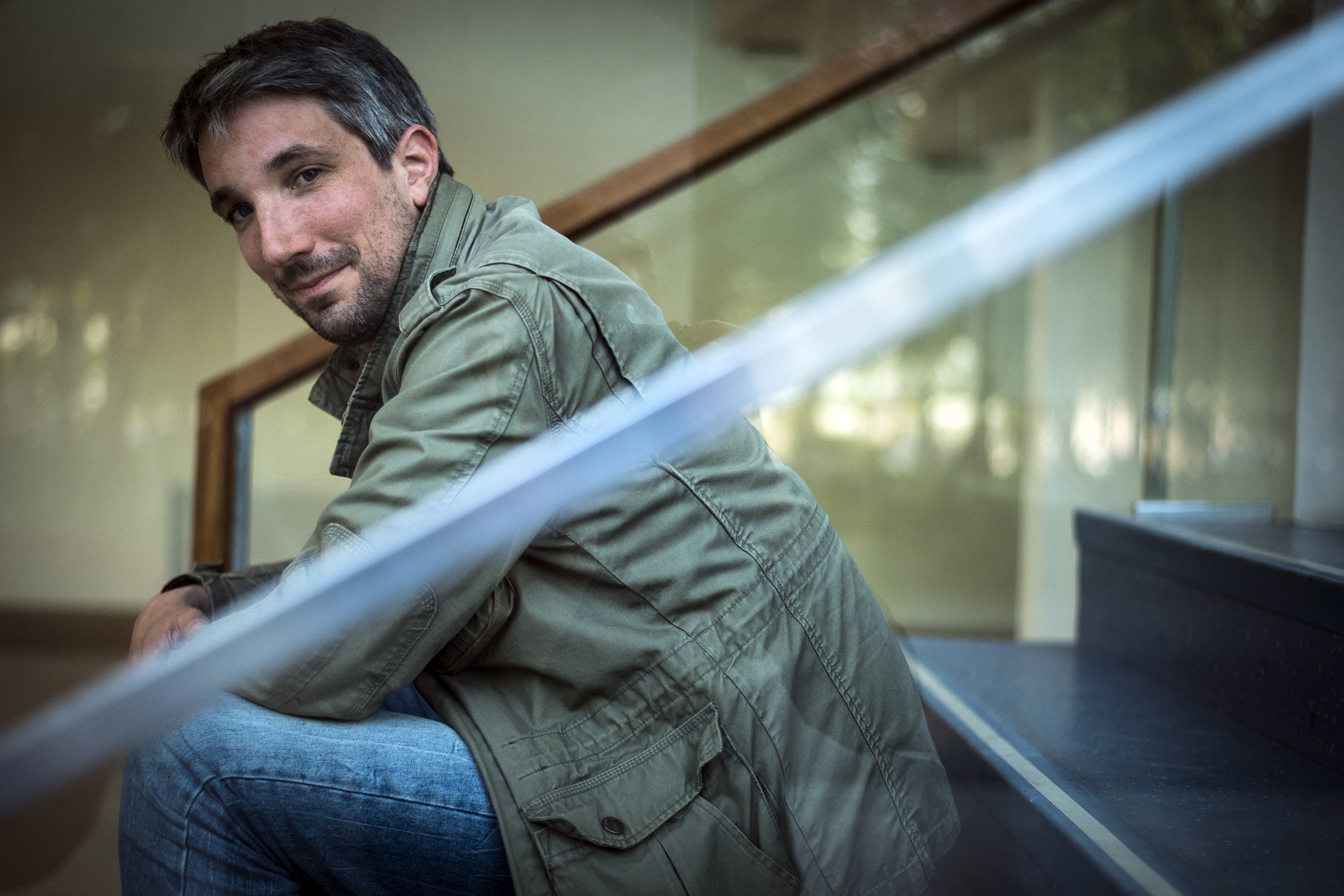Deep and continuous sedation until death (SPCMD) is a practice governed by the Claeys-Leonetti law of February 2, 2016 (continuing the reflection of the Léonetti law of April 22, 2005) which authorizes the support of patients whose vital prognosis is engaged in the short term and whose well-being is questioned with regard to the provision of palliative care. For the High Authority for Health (HAS), SPCMD is not a form of euthanasia, in particular because its objective is to “relieve the refractory suffering” of a patient while the purpose of euthanasia is to “relieve the refractory suffering” of a patient while the vocation of euthanasia is to “ respond to the patient's request for death.
However, "entry into SPCMD is not intended to be reversible", reports Dr Marco A. Gambirasio, hospital practitioner, head of department of the Palliative Medicine Unit at Rouen University Hospital. The latter specifies that there are “three essential criteria for a patient to benefit from SPCMD at their request: having a serious and incurable illness, a short-term prognosis and refractory suffering. A fourth scenario is that of a limitation or cessation of life-sustaining treatments deemed unreasonable: SPCMD then supports the end of life by avoiding any suffering. Without these elements we cannot envisage a SPCMD.” As the doctor explains, "the decision to implement SPCMD is medical, resulting from a multi-disciplinary approach involving the patient and those around them", the decision is informed by a professional panel. The HAS emphasizes that “it must include a doctor from outside the team, as a consultant and without a hierarchical link to the referring doctor for the patient.”
How does the medical procedure work next? Nutrition and hydration by infusion must first be stopped so as not to artificially prolong the end of life, which could then be qualified as unreasonable obstinacy (article R.4127-37 of the public health code). For sedation, the reference treatment recommended by the HAS is midazolam, a sedative hypnotic from the imidazobenzodiazepine group. Administered intravenously or subcutaneously, it causes a profound reduction in alertness. Depending on the dosage, it can also have an anxiolytic and relaxing (muscle-relaxing) effect, but also prevent convulsions. However, it has no effect on pain. Deep sedation is therefore generally combined with opiate analgesia (due to their effectiveness). The doses injected are adapted to the patient.
If you wake up unexpectedly, the dosage of the sedative can be increased. Other sedative molecules can also be used as second-line treatment, when the first treatment is not sufficient for complete sedation. “The molecules used in the case of SPCMD are well identified and their use regulated,” recalls Dr. Marco A. Gambirasio.
To help doctors in this palliative practice, ethical tools exist, as explained by Dr. Marco A. Gambirasio. “Three different texts exist to regulate the practice of SPCMD such as the Claeys-Léonetti law of 2016, the recommendations of the High Authority of Health of 2020 and of the French Society of Support and Palliative Care of 2022. The situations differ in function of the patient and the context of their illness: the practice is not standardized but regulated by law, it involves protocols and tools of good practice. » These texts attempt to find a balance between use regulated by law in order to avoid abuses while allowing the practitioner to adapt his practice to the particular case of each patient. For Dr Gambirasio, these practices remain little known by practitioners, even if there is undeniable progress in this direction.
The patient's decision-making for SPCMD is not easy. Advance directives are the final wishes regarding end-of-life care that the medical team submits to the lucid and conscious patient. The site www.service-public.fr offers a model document which is completed by the sick patient in order to help doctors make decisions when the situation of SPCMD arises.

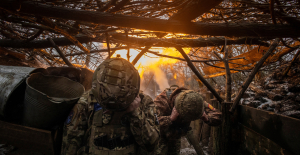 What is chloropicrin, the chemical agent that Washington accuses Moscow of using in Ukraine?
What is chloropicrin, the chemical agent that Washington accuses Moscow of using in Ukraine? Poland, big winner of European enlargement
Poland, big winner of European enlargement In Israel, step-by-step negotiations for a ceasefire in the Gaza Strip
In Israel, step-by-step negotiations for a ceasefire in the Gaza Strip BBVA ADRs fall almost 2% on Wall Street
BBVA ADRs fall almost 2% on Wall Street Breast cancer: less than one in two French women follow screening recommendations
Breast cancer: less than one in two French women follow screening recommendations “Dazzling” symptoms, 5,000 deaths per year, non-existent vaccine... What is Lassa fever, a case of which has been identified in Île-de-France?
“Dazzling” symptoms, 5,000 deaths per year, non-existent vaccine... What is Lassa fever, a case of which has been identified in Île-de-France? Sánchez cancels his agenda and considers resigning: "I need to stop and reflect"
Sánchez cancels his agenda and considers resigning: "I need to stop and reflect" The Federal Committee of the PSOE interrupts the event to take to the streets with the militants
The Federal Committee of the PSOE interrupts the event to take to the streets with the militants The growth gap between Europe and the United States will narrow in 2025
The growth gap between Europe and the United States will narrow in 2025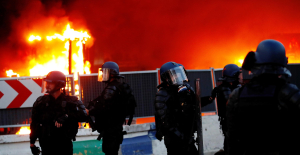 A report recommends the creation of a “riot fund” to cover communities
A report recommends the creation of a “riot fund” to cover communities With 3.5 billion euros collected, life insurance recorded its best month in 10 years in March
With 3.5 billion euros collected, life insurance recorded its best month in 10 years in March Volvic factory shut down after “an act of malicious intent”: production can resume “at the earliest” on Friday
Volvic factory shut down after “an act of malicious intent”: production can resume “at the earliest” on Friday Jean Reno publishes his first novel Emma on May 16
Jean Reno publishes his first novel Emma on May 16 Cannes Film Festival: Meryl Streep awarded an honorary Palme d’Or
Cannes Film Festival: Meryl Streep awarded an honorary Palme d’Or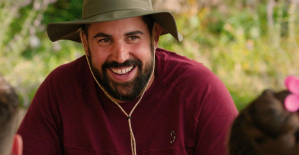 With A Little Something Extra, Artus and his disabled actors do better than Intouchable on the first day
With A Little Something Extra, Artus and his disabled actors do better than Intouchable on the first day Madonna ends her world tour with a giant - and free - concert in Copacabana
Madonna ends her world tour with a giant - and free - concert in Copacabana Omoda 7, another Chinese car that could be manufactured in Spain
Omoda 7, another Chinese car that could be manufactured in Spain BYD chooses CA Auto Bank as financial partner in Spain
BYD chooses CA Auto Bank as financial partner in Spain Tesla and Baidu sign key agreement to boost development of autonomous driving
Tesla and Baidu sign key agreement to boost development of autonomous driving Skoda Kodiaq 2024: a 'beast' plug-in hybrid SUV
Skoda Kodiaq 2024: a 'beast' plug-in hybrid SUV The home mortgage firm rises 3.8% in February and the average interest moderates to 3.33%
The home mortgage firm rises 3.8% in February and the average interest moderates to 3.33% This is how housing prices have changed in Spain in the last decade
This is how housing prices have changed in Spain in the last decade The home mortgage firm drops 10% in January and interest soars to 3.46%
The home mortgage firm drops 10% in January and interest soars to 3.46% The jewel of the Rocío de Nagüeles urbanization: a dream villa in Marbella
The jewel of the Rocío de Nagüeles urbanization: a dream villa in Marbella Europeans: a senior official on the National Rally list
Europeans: a senior official on the National Rally list Blockade of Sciences Po: the right denounces a “drift”, the government charges the rebels
Blockade of Sciences Po: the right denounces a “drift”, the government charges the rebels Even on a mission for NATO, the Charles-de-Gaulle remains under French control, Lecornu responds to Mélenchon
Even on a mission for NATO, the Charles-de-Gaulle remains under French control, Lecornu responds to Mélenchon “Deadly Europe”, “economic decline”, immigration… What to remember from Emmanuel Macron’s speech at the Sorbonne
“Deadly Europe”, “economic decline”, immigration… What to remember from Emmanuel Macron’s speech at the Sorbonne These French cities that will boycott the World Cup in Qatar
These French cities that will boycott the World Cup in Qatar NBA: the Pacers and the Knicks will be there in the play-off semi-finals
NBA: the Pacers and the Knicks will be there in the play-off semi-finals Tennis: like last year, Sabalenka joins Swiatek in the final in Madrid
Tennis: like last year, Sabalenka joins Swiatek in the final in Madrid OM: scorer against Bergamo, Mbemba moved after the final whistle
OM: scorer against Bergamo, Mbemba moved after the final whistle OM-Atalanta: the lines of the match
OM-Atalanta: the lines of the match






